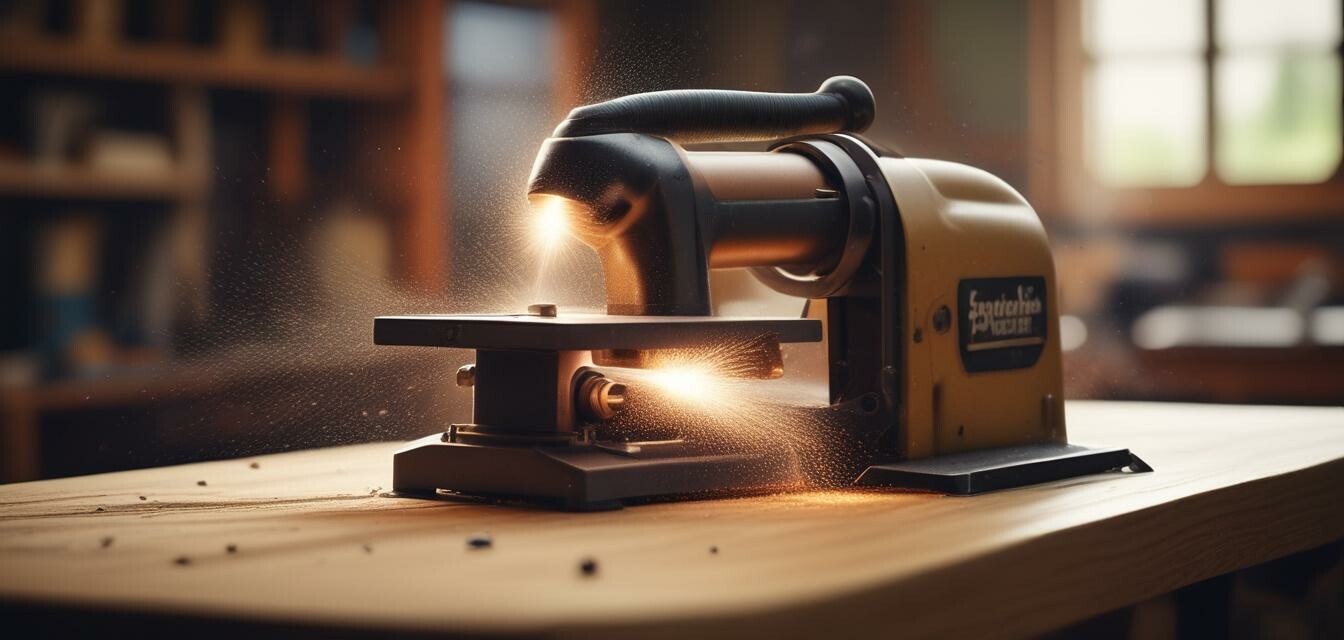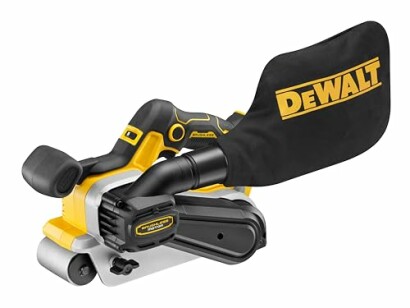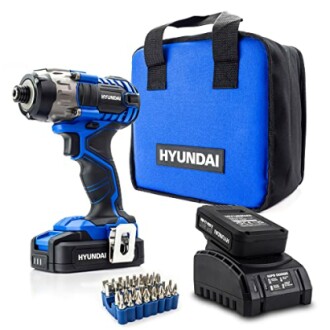
How to Use a Belt Sander Effectively
Key Takeaways
- Always wear safety gear when using a belt sander.
- Maintain a steady hand to prevent gouging the wood surface.
- Know your wood type to choose the correct grit sandpaper.
- Keep the sander moving to avoid sanding too deeply in one spot.
- Regularly check the sander's belt for wear and alignment.
Belt sanders are powerful tools used in woodworking for shaping and smoothing surfaces. Whether you are a beginner or a seasoned pro, mastering the use of a belt sander can lead to impressive results on your woodworking projects. This guide will walk you through effective techniques and tips to maximize your sander's performance.
Understanding the Components of a Belt Sander
Before diving into usage tips, it's essential to understand the primary components of a belt sander:
| Component | Description |
|---|---|
| Sanding belt | The abrasive surface that removes material from the wood. |
| Motor | Powers the belt's movement. |
| Adjustable tracking | Aligns the sanding belt for straight operation. |
| Handle | Used to guide the sander with control. |
Steps for Using a Belt Sander
Follow these steps to ensure efficient and safe use of your belt sander:
- Prepare Your Workspace: Clear the area of any obstacles and wear appropriate safety gear, including goggles and a dust mask.
- Select the Right Grit: Choose a sandpaper grit that matches your project. Coarse grits (40-60) are suitable for rough shaping, while fine grits (120-220) are better for finishing.
- Adjust the Belt: Ensure the sanding belt is square to the surface by adjusting its tracking.
- Start Sanding: Turn on the sander and let it reach full speed before contacting the wood.
- Keep it Moving: Move the sander steadily across the wood, maintaining even pressure to avoid gouging.
- Check Your Work: Periodically stop to check the surface for uniformity.
- Clean the Belt: After use, remove dust from the sander to preserve the belt's lifespan.
Safety Tips
Using a belt sander can be hazardous if safety precautions are not followed. Here are some essential safety tips:
- Always wear safety goggles to protect your eyes from dust and debris.
- Keep hands clear of the sanding belt while in operation.
- Avoid loose clothing or jewelry that can get caught in the sander.
- Use a dust mask to avoid inhaling wood dust.
Recommended Products
To achieve the best results, consider using quality sanders. Here are two great options:
DEWALT DCW220 18v XR Cordless Belt Sander No Batteries
This cordless belt sander features a belt speed of 320m/min, is lightweight at 3.0kg, and comes with a durable design suited for various sanding tasks.
Learn MoreHyundai 20V MAX Cordless Impact Driver
This impact driver kit is lightweight and includes a 32-piece accessory set, making it the perfect companion for all your DIY needs.
Learn MoreConclusion
Using a belt sander effectively requires understanding both the tool and the surface you are working on. By following the steps outlined in this guide and adhering to safety precautions, you can achieve high-quality results on your woodworking projects. For more in-depth insights, check out our How-To Guides section for tips and tricks on using various power tools.
Further Resources
If you wish to deepen your understanding of woodworking and tools, explore these resources:


